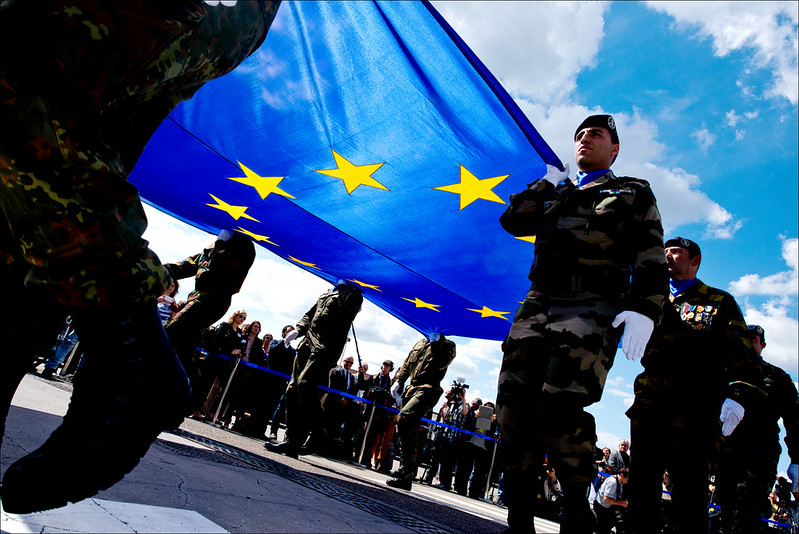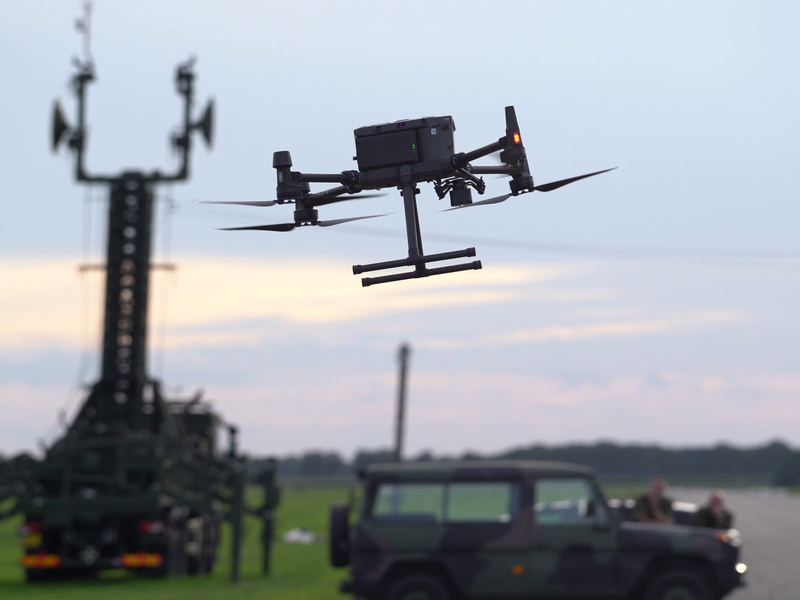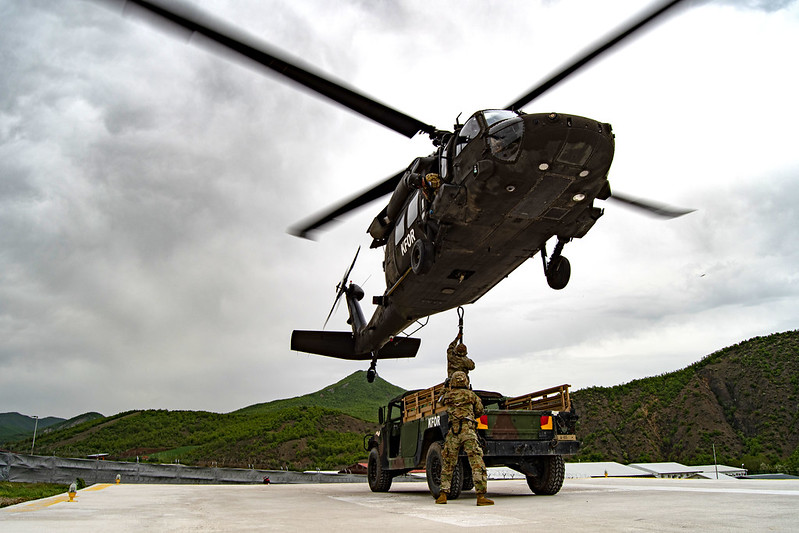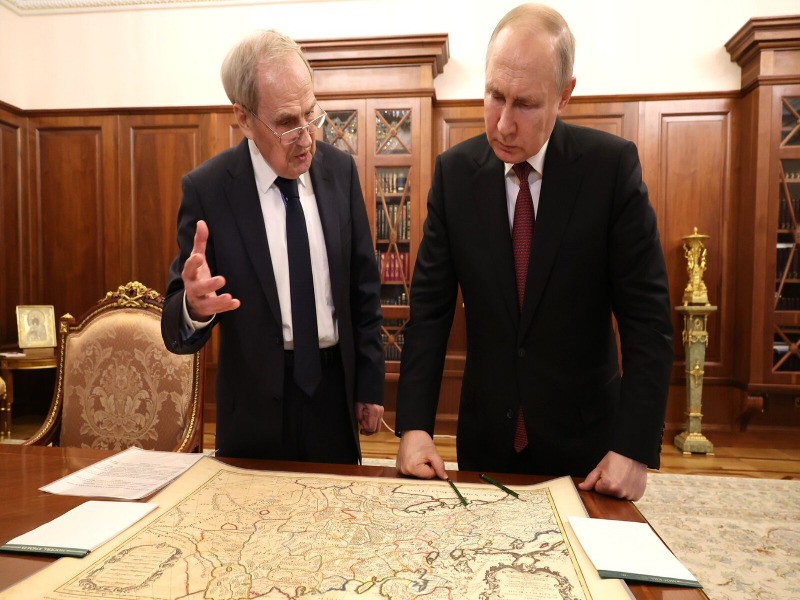With the robustness of the rules-based international order in question, multilateral agreements are more crucial than ever. Intelligence-sharing in particular, such as among the Five Eyes intelligence group, has played a critical role to Canadian and international security cooperation since the end of the Second World War. However, recent criticisms from the White House have called to remove Canada from the intelligence group altogether. What would this mean for the security of Canada and our allies’ ability to counter growing threats around the world?
Tag: NATO
Taking A Foot Off the Ottawa Convention: Why NATO States May Leave the Landmine Treaty
On March 18, 2025, Poland and the three Baltic countries announced that they would be considering withdrawing from the Ottawa Convention, otherwise known as the Mine Ban Treaty. This was followed by Finland, which shared similar remarks on April 1. This recent trend among NATO states bordering Russia and their ally, Belarus, shows the heightened Read More…
Mineral Mania: Canada’s Critical Mineral Opportunity
At an increasing rate, critical minerals are at the forefront of international relations. Critical minerals are a hot topic not only in the business sphere but also the defence sphere.This is especially true now, with President Donald Trump pushing Ukraine to sign over its critical mineral rights to the United States. This demand is presented Read More…
Has the Time Finally Come for a European Army?
The idea of a collective European defence force is as old as the European integration project itself. However, it has always been outshone by NATO and deemed too logistically and politically arduous for a supranational body that was excelling in projecting soft power. Fast-forward to 2025, three years into Russia’s full-scale invasion of Ukraine and only a few months into Trump’s second term, which has included a great deal of NATO- and Europe-criticism, suggesting that the United States might no longer help defend Europe. The idea of deepened European defence integration, perhaps even a sovereign European army, is no longer so far-fetched. Can the EU make use of its single market to harness its defence capabilities and work around the political divisions on foreign and security policy within the Union?
Future-Proofing NATO: The Greenland Test
International society, once marked by predictable institutions and norms, is now increasingly marred by violations of international law and uncertainty. Near-daily disruptions, including territorial aggression and economic coercion, are undermining the global equilibrium upon which decades of peace and prosperity depended. The present utility of NATO lies in its ability to salvage the transatlantic bond, ensure cohesion among its members, and Read More…
Three Russian Threats and How Canada Can Prepare for Them
While Canada might seem an unlikely target of direct threats from the Russian Federation, its engagement in global affairs and commitments to human rights and democracy inevitably put it at odds with Russia’s vision of the world order, drawing it into conflict with Russia’s revisionist foreign policy. With the Trump Administration pursuing an apparent rapprochement Read More…
NATO in Kosovo: Redefining “Success” 26 Years Later
Twenty-six years following NATO’s intervention in Kosovo, tensions between ethnic groups continue to plague political discourse and trigger violent flare-ups. Kosovo’s stability depends on the presence of KFOR troops and Serbia has turned increasingly closer to Russia. Such issues beg the question: how do we define the success of NATO’s mission in Kosovo?
History’s Insights for the West’s Russian Dilemma
Through his rhetoric and actions, United States (US) President Donald Trump has created political space for a reversion of Western-Russian relations to their pre-2014 state, underpinned by the implicit assumption that strained relations since that year have resulted from flawed Western foreign policy. In this article, Simon Waring argues that Russian aggression against Ukraine since 2014 and hostility towards the West is consistent with centuries of Russian foreign policy, and that a thaw in US-Russia relations today cannot change the fundamental antagonism between Russian and the Western world.
Jin, Jiyan, Azadî: The Enduring Resistance of Iranian Women
The Women, Life, Freedom movement began in September 2022 following the death of Mahsa Amini in the custody of Iran’s morality police. Amini was arrested for allegedly wearing her hijab “improperly” and violating the regime’s compulsory veiling laws. Her death triggered nationwide protests and quickly drew the attention of international media and human rights organizations. Read More…
AI-Powered Mis/Disinformation War
In today’s digital age, mis-and disinformation has become pervasive, fueled by advancements in AI and deep-fake technology, while the centralized nature of social media platforms accelerates its spread, amplifying false narratives to vast audiences with unprecedented speed. NATO recognized this growing threat to democracy during the Washington Summit last summer, emphasizing its critical impact in Read More…










